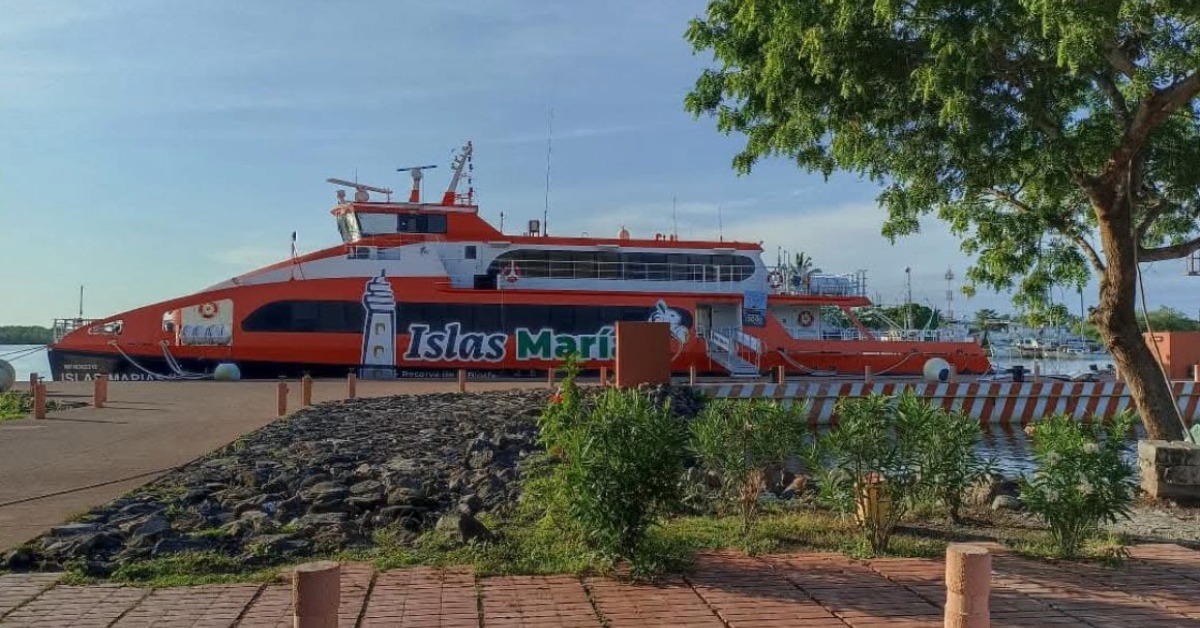For years along the Cornish coast of Britain, Atlantic Ocean currents have carried thousands of Lego pieces onto the beaches. In Kenya, cheap flip-flop sandals are churned relentlessly in the Indian Ocean surf, until finally being spit out onto the sand. In Bangladesh, fishermen are haunted by floating corpses that the Bay of Bengal sometimes puts in their path.
And now, perhaps, the oceans have revealed something else: parts of Malaysia Airlines Flight 370, the jetliner that vanished 17 months ago with 239 people on board.





